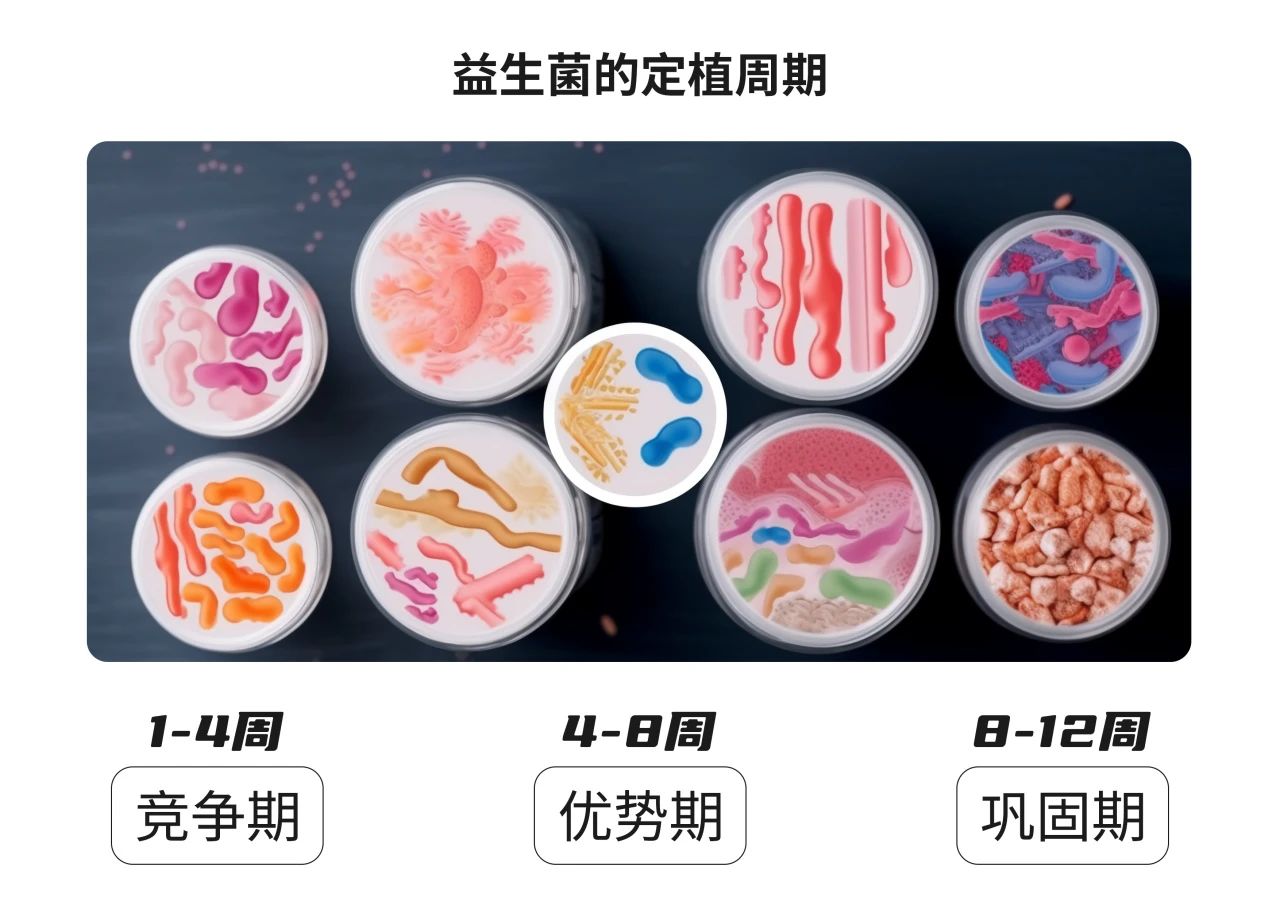Why Don't I Feel Anything After Taking Probiotics? You Need to Know How to Choose and Use Them!
From the summer solstice, we will soon enter the hottest period of the year - the Dog Days. The weather after the summer solstice is characterized by high temperatures, high humidity, and occasional thunderstorms. During this time, children often experience loss of appetite, as well as frequent gastrointestinal issues like diarrhea, abdominal pain, and vomiting. Some parents have started using probiotics with good feedback, while others say they don't notice any changes or improvements in their children after taking them. What's the problem?
First, Choose the Right Strains
Many eager parents who hear about the benefits of probiotics just buy any product labeled "probiotics." Promise me, from now on, do your homework first, okay?
 "Probiotics" is just a general term that includes many different species and strains. They have different functions and effects, and microbiological research is very complex. But for our children, it's simple: just look for these 15 strains approved by the National Health Commission for use in infant food.
"Probiotics" is just a general term that includes many different species and strains. They have different functions and effects, and microbiological research is very complex. But for our children, it's simple: just look for these 15 strains approved by the National Health Commission for use in infant food.
Globally widely used, extensively researched, and clinically tested – they're safe! Effective! It's that simple!
Second, Ensure Sufficient Quantity
The gut microbiota is vast. If you want to use probiotics for regulation and improvement, you need an adequate quantity to be effective. It's best to supplement with at least 10 billion CFUs per dose. Taking tiny amounts tentatively won't work.
A word of caution here: many parents easily fall into this trap. Some probiotic products do contain strains suitable for infants and young children, but they also add many unknown strains. The total probiotic count advertised is very high – tens or even hundreds of billions – but the number that can actually work effectively is very limited!
Moreover, don't treat probiotics like fast-acting stomach medicine. While sometimes you might feel obvious effects shortly after taking them, it's also normal to see improvements only after a day or two. To truly regulate the gut environment, you need to persist with supplementation for a while, allowing the probiotics to colonize the intestines and become the dominant flora.
Third, Check Other Ingredients
Due to food regulations and the small volume of probiotic raw materials, we can't supplement with pure probiotics. They need to be formulated into more convenient dosage forms, so other food ingredients are always involved.
 If you see ingredients like sucrose, white sugar, or maltodextrin in the list, excessive intake of these added sugars can inherently harm the digestive system and affect probiotic efficacy.
If you see ingredients like sucrose, white sugar, or maltodextrin in the list, excessive intake of these added sugars can inherently harm the digestive system and affect probiotic efficacy.
Bases using milk powder, protein powder, sugar alcohols, or lactose are relatively healthy and safe. If prebiotics are included, they can promote probiotic proliferation, making them more effective.
Fourth, Usage Details
If you've confirmed that the probiotics you purchased are of good quality, the issue might lie in the usage details. Probiotics need to remain alive until they reach the intestines to take effect. The following practices can impact their viability and efficacy:
The water or liquid used to take probiotics should not be too hot. It's best to keep it below 37°C, as high temperatures can destroy the activity of probiotics. 
If your child is on antibiotics, taking probiotics too close to the medication time may result in the probiotics being destroyed by the antibiotics. It's advisable to space them at least 2 hours apart.
Probiotics will deactivate more quickly when exposed to air. It's best to choose individually packaged products and consume them promptly after opening.
Probiotics Selection Guide
Question 1: What strains are used?
Bb-12, LGG, HN019
All are suitable for infants and young children!
Question 2: How many live bacteria?
10 billion+ CFUs per sachet for adequate care.
Question 3: What other ingredients?
New Zealand natural pasture milk powder is the main ingredient.
Plus GOS prebiotics!
Question 4: Is viability well protected?
Individually packaged sachets.
Protect against light, moisture, and oxidation – ensuring viability and hygiene





